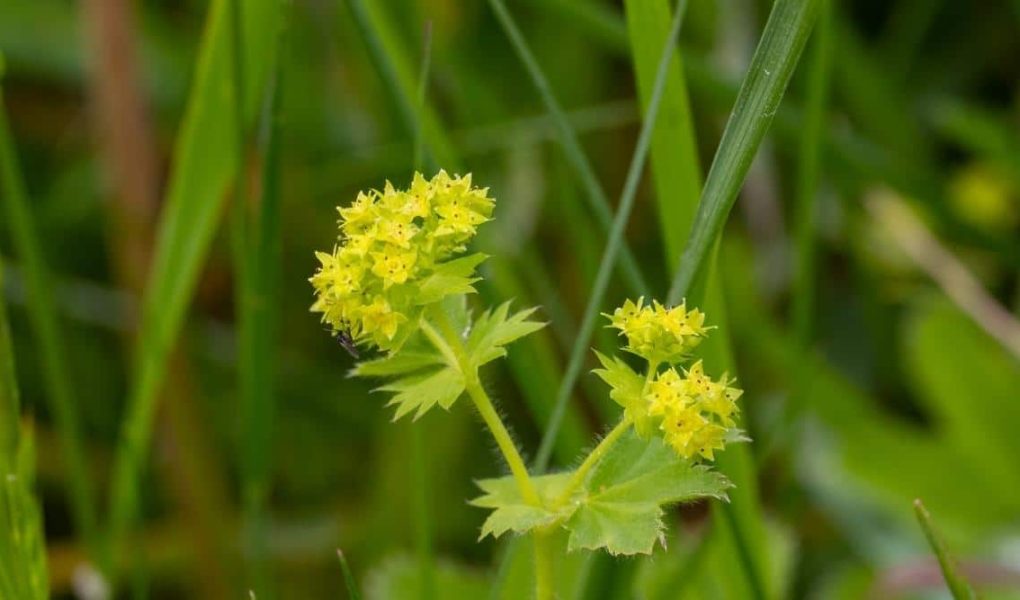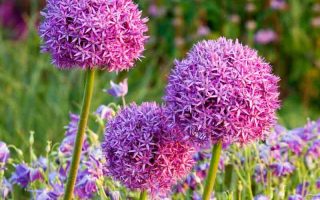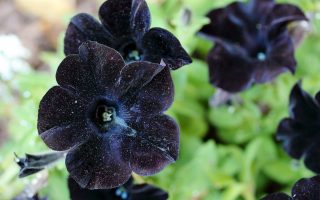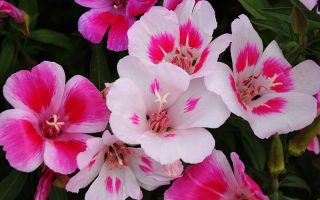kilkennybookcentre.com – Lady’s Mantle (Alchemilla mollis) is a versatile and enchanting herbaceous perennial that adds beauty, texture, and charm to a variety of garden settings. Known for its soft, rounded leaves, delicate flowers, and ability to thrive in a range of conditions, Lady’s Mantle is a favorite among gardeners seeking a low-maintenance yet visually appealing plant. This perennial has been admired for centuries and continues to be a staple in both traditional and modern gardens.
Appearance and Characteristics
Lady’s Mantle is most recognized for its striking, fan-shaped leaves, which are soft to the touch and often covered in tiny hairs that give them a silvery sheen. These leaves have a unique ability to catch and hold water droplets, creating a sparkling, dewy effect on cool mornings. The plant forms a low, bushy mound of foliage that can grow up to 18 inches tall and 24 inches wide, making it an excellent ground cover or edging plant.
In late spring to early summer, Lady’s Mantle produces small, star-like flowers in delicate shades of pale greenish-yellow or chartreuse. These flowers are borne in loose clusters above the foliage on slender stems. While the flowers themselves are subtle, they create an elegant and airy appearance, especially when combined with the lush green foliage. The overall effect is one of softness and grace, making Lady’s Mantle a perfect companion plant for other more dramatic flowers or foliage in the garden.
Growing Conditions
Lady’s Mantle is a hardy perennial that thrives in a variety of growing conditions. It is adaptable to both sun and partial shade, although it performs best in areas with at least a few hours of direct sunlight each day. The plant is well-suited to USDA hardiness zones 3-8, where it can survive through cold winters and hot summers.
Lady’s Mantle is not particularly fussy about soil, but it does prefer well-draining, moderately fertile soil. It can grow in both alkaline and slightly acidic soils, making it a versatile choice for a range of garden types. The plant is also tolerant of a variety of soil conditions, including clay, loam, or sandy soils, as long as the soil provides good drainage.
Care and Maintenance
One of the main reasons gardeners love Lady’s Mantle is because it is relatively low-maintenance. It is an excellent choice for gardeners who want a beautiful plant without a lot of fuss. Here are some key tips for growing and caring for Lady’s Mantle:
- Watering: While Lady’s Mantle is drought-tolerant once established, it does prefer regular watering during the growing season, especially in hot or dry periods. Be sure the soil is well-drained, as the plant is susceptible to root rot if the soil is too soggy.
- Light: Lady’s Mantle will thrive in full sun or partial shade. However, it may bloom more prolifically when it receives at least a few hours of direct sunlight each day. In regions with intense afternoon heat, partial shade may help prevent the plant from wilting or becoming stressed.
- Soil: The plant is adaptable to a wide range of soil types, but it prefers well-draining, moderately fertile soil. Adding organic matter like compost or mulch can help improve the soil structure and retain moisture without becoming waterlogged.
- Fertilizing: Lady’s Mantle does not require heavy feeding, but you can apply a balanced, slow-release fertilizer in the spring to encourage healthy growth. Avoid over-fertilizing, as this can lead to excessive leaf growth at the expense of flowers.
- Pruning: While Lady’s Mantle generally does not require much pruning, you can trim back any dead or damaged leaves in the spring or after flowering. Cutting back the foliage after the plant has finished blooming will help maintain a tidy appearance and encourage fresh growth.
- Pests and Diseases: Lady’s Mantle is relatively pest-resistant and is not commonly affected by major diseases. However, it can occasionally be susceptible to aphids, slugs, or mildew in humid conditions. Ensure good air circulation around the plant and remove any affected foliage promptly.
Attracting Pollinators
The delicate flowers of Lady’s Mantle attract a variety of pollinators, including bees and butterflies, making it an excellent choice for a pollinator-friendly garden. Its nectar-rich flowers provide an important food source for these beneficial insects during the growing season. By planting Lady’s Mantle, you are helping to support local ecosystems and biodiversity, while also adding beauty to your garden.
Lady’s Mantle in the Landscape
Lady’s Mantle is a versatile plant that can be used in many different garden settings. Its soft, lush foliage and delicate flowers make it a perfect ground cover, especially in shaded or woodland areas where other plants may struggle. The plant’s ability to tolerate both sun and shade makes it an excellent choice for areas with varying light conditions.
In garden beds, Lady’s Mantle works well as a border or edging plant, where its rounded leaves form a gentle contrast to taller, more upright flowers. It can also be used as a filler in mixed plantings or in herbaceous borders, where its low-growing nature helps to create a soft, flowing look. When planted in clusters, Lady’s Mantle can form a beautiful, low-maintenance ground cover that helps to suppress weeds and add texture to the garden.
Lady’s Mantle is also well-suited for container gardening, where its compact size and soft appearance make it a lovely addition to patio pots or hanging baskets. It pairs beautifully with other perennials, shrubs, or annuals and can be used in combinations to create layered, visually interesting displays.
Conclusion
Lady’s Mantle is a graceful and adaptable perennial that brings charm, texture, and beauty to a wide range of garden settings. With its soft, rounded leaves, delicate flowers, and low-maintenance care, it is an excellent choice for both beginner and experienced gardeners. Whether used as ground cover, in flower beds, or in containers, Lady’s Mantle adds a soft, ethereal touch to the landscape. Its ability to thrive in a variety of light and soil conditions, along with its pollinator-friendly nature, makes it a valuable and versatile addition to any garden.




